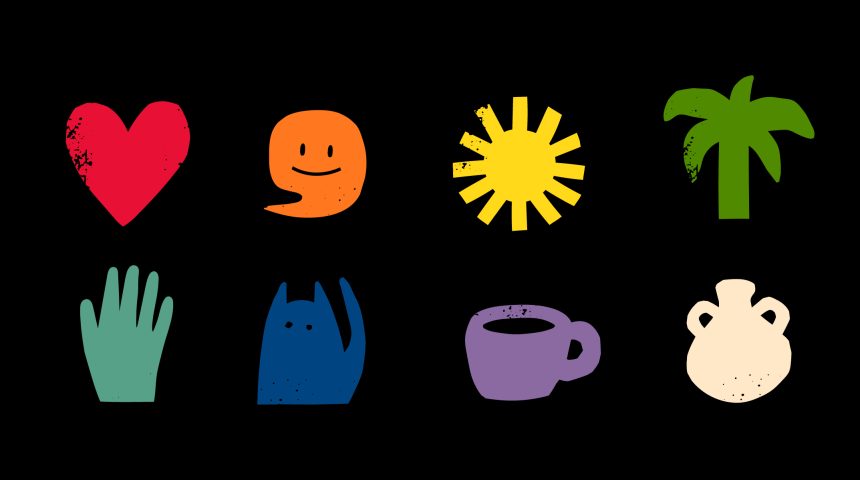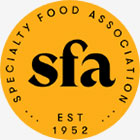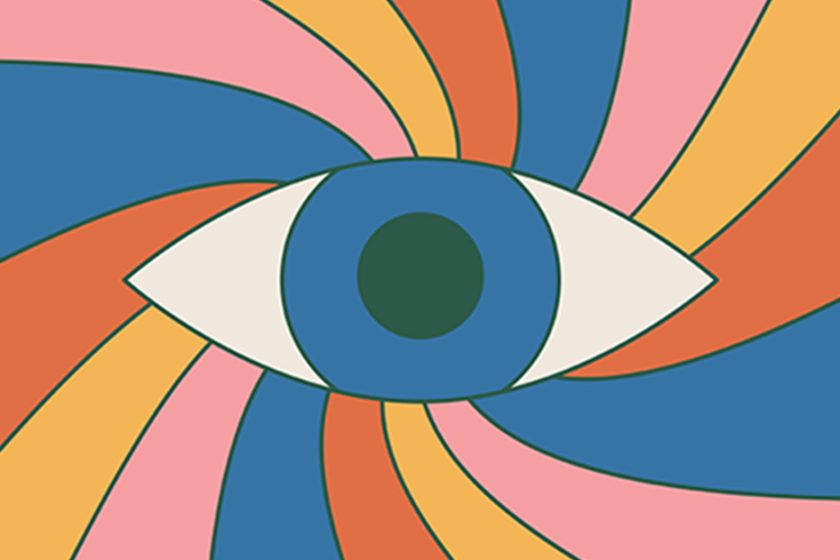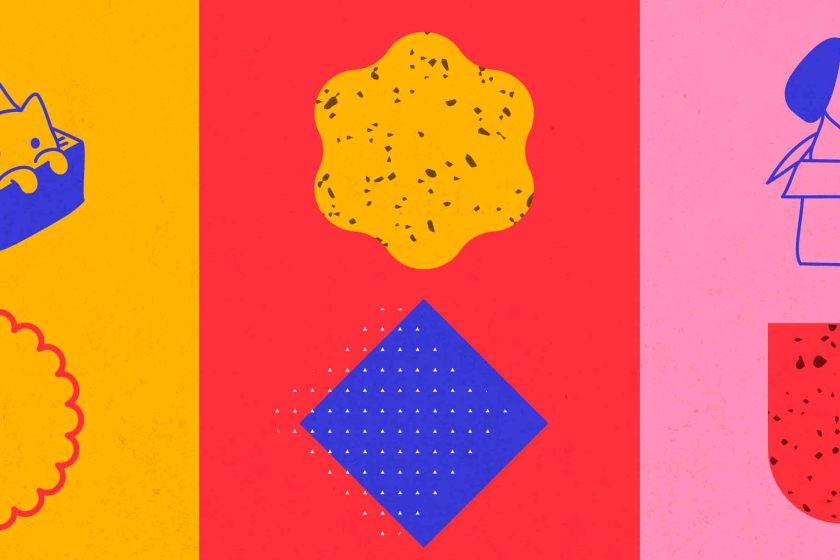

From taste appeal to all-natural ingredients, implications of color have been ingrained in consumer perceptions at-shelf. In this article, we explore the long withstanding and ever-changing meaning behind common colors found in CPG food package design.
Red: Often used in packaging design because it’s a strong attention grabber, red has become a mainstay in dairy, dog kibble, hot sauces, frozen pizza, and of course, cola. The list of red in food is long because it stands out and conveys taste appeal. Emotionally, it brings passion and excitement, always good feelings around food.
The downside is that it’s pretty well-covered territory, so finding a unique way to own red is quite challenging.
Orange: Orange is a potential alternative to red in food packaging, as it evokes similar feelings of energy and joy; it’s just that it can go citrusy or fruity very quickly for consumers, which may not be appropriate for your product, especially in the pet category as those are not tasty ingredients for critters.
Yellow: Traditionally in food, yellow communicates buttery flavors, healthy foods (sunbeams, sunflowers), and freshness. It’s a strong contender in the better-for-you category and has significant impact on the shelf.
It also works well for pet foods, as it is a memorable color with a lot of energy. Like red, though, it can be overly saturated in a particular category (peanut butter). Using it in a new product can feel like a little “copycat” in specific aisle areas.
Green: Eco-friendly, organic, healthy. These are all symbolized by green. Occasionally you will see green to connote flavors in food packaging, but that is more typical for candy or artificially flavored foods. Not considered appetizing as a whole, green is best used as an accent color to communicate benefits in food packaging.
If your brand is strategically based on being sustainable or organic, then it is an opportunity to go very hard on that messaging with floods of green.
Blue: In food, blue is tricky. Brands like Pepsi, Rice Krispies (many cereals, actually), and Oreos have dominated blue, where today’s modern consumer associates the color with sweet treats or artificial flavoring. Blue can also convey flavor in berry and pasta categories.
Blue is becoming increasingly popular in pet food, particularly dog kibble, and a wide range of blues are seen in this category, from pastel teals to a darker, deeper blue. Blue has a way to go in human food, but it could be an exciting place to explore opportunities.
Purple: Sometimes speaking to grape and berry flavors or cueing a scent, purple can work in certain categories, like fresh. It also has sophistication and regalness, which is why we see it in coffee, chocolate, and tea. It can be exotic, which gives it some legs for emerging categories.
Black and white: I lump these together because they often switch roles in the consumer’s mind. At one point, white was used for value or private label, and black spoke to premium. Now, we see white on luxury, single-ingredient products more often, and black has started to creep into value-based and private-label lines. Using either or both alongside color is one way to mitigate the back-and-forth of color consciousness around these two colors.
Now you’ve tasted the rainbow… what is your brand hue?
Interested in learning more about the power of color? Check out this article.
Want to go deeper into color theory? The Interaction of Color by Josef Albers is a great resource.










